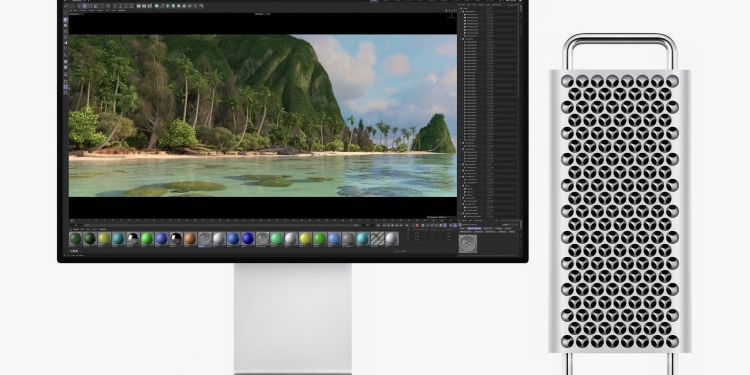Back in WWDC 2020, Apple revealed its plan to move Mac computers away from Intel processors to its own silicon starting with the M1 MacBook Air. Now, the transition has since been completed with the unveiling of the Mac Pro with M2 Ultra processor during WWDC 2023 which also saw the launch of the Vision Pro mixed reality headset, the 15-inch MacBook Air, and the refreshed Mac Studio with M2 chips.
At a glance, the newly refreshed Mac Pro and its predecessor from 2019 looked similar to each other because the new model does indeed use the same aluminium casing with a 3D lattice pattern and stainless steel frame. But let’s dive slightly further into what really makes the new Apple Silicon-based Mac Pro different from its Intel counterpart.
1. The power of Apple M2 Ultra over Intel Xeon processor
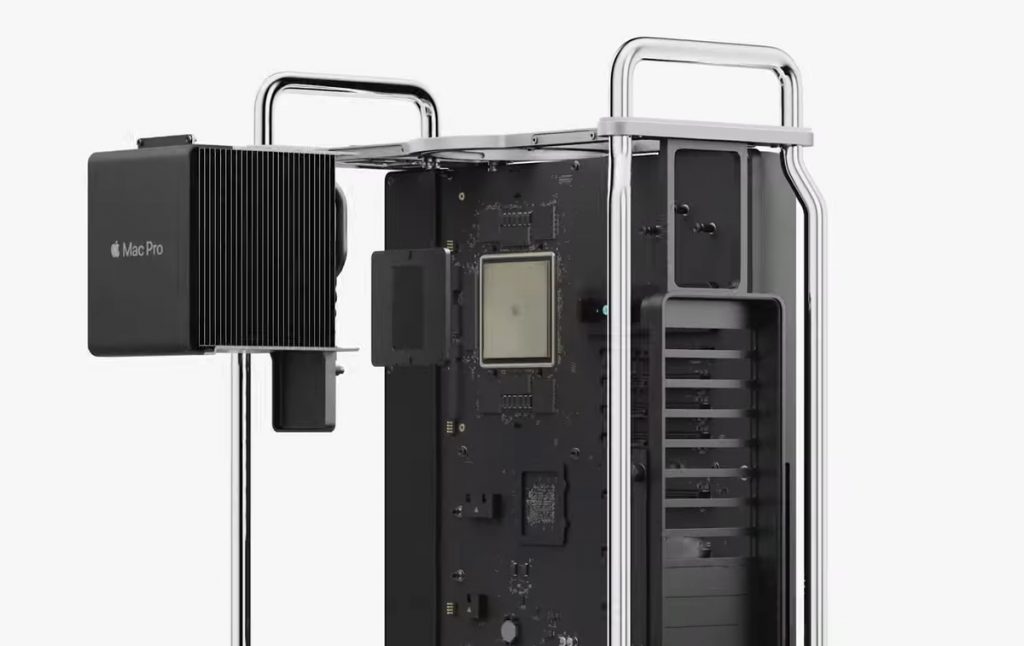
Aside from the newly refreshed Mac Studio, Apple has also equipped the new M2 Ultra processor into the Mac Pro which is rather apt given its purpose as a workstation for professionals. The new chip is essentially two M2 Max processors that have been combined into a single absolute unit with the help of the UltraFusion architecture.
On the surface level, Apple claimed that the M2 Ultra which comes standard with a 24-core CPU is 1.8x faster than a 28-core Intel Xeon W. At the same time, the highest-end variant of the chip that carries a 76-core GPU is apparently up to 3.4x faster graphics than an AMD Radeon Pro W6900X with 32GB GDDR6 of VRAM.
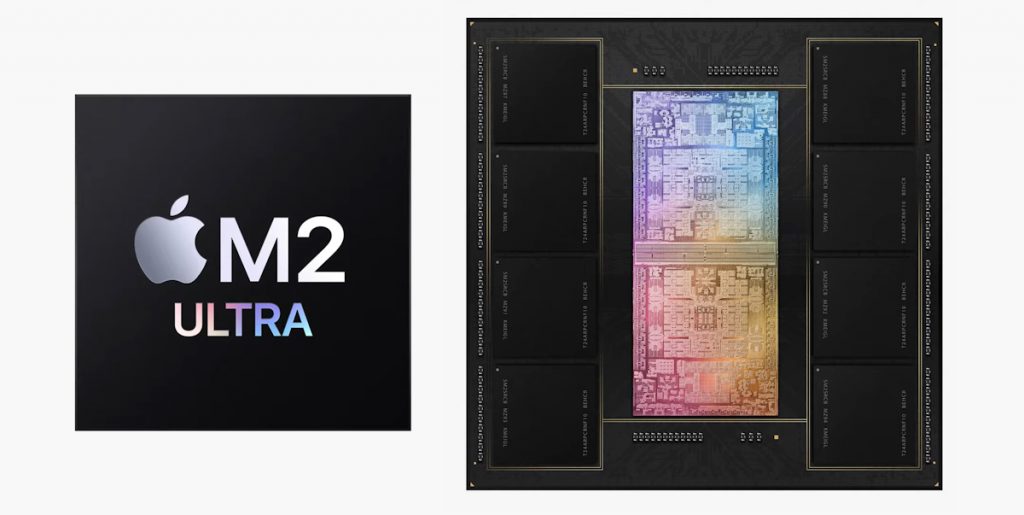
Not only that, the Media Engine within the M2 Ultra is as powerful as seven Apple Afterburner cards. For those who are not familiar with Afterburner, it was an optional PCIe card that was designed for Intel-based Mac Pro to accelerate ProRes and ProRes RAW codecs in video production applications such as Final Cut Pro X and QuickTime Player X.
As for the system performance of the 2023 Mac Pro itself, Apple said that the new model can surpass the fastest Intel-based counterpart by up to three times faster in many professional-grade workloads including video transcoding and 3D simulations. When compared with the base model, the difference in performance could be as high as seven times faster.
2. M2 Ultra Mac Pro still has PCIe expansion slots but…
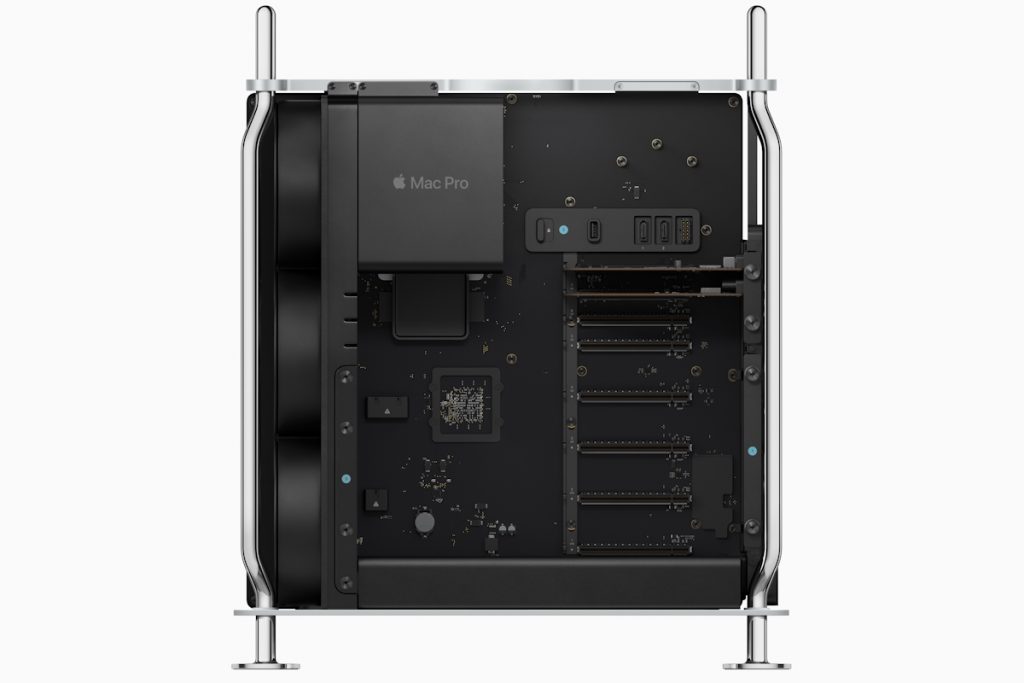
The 2023 Mac Pro is the first time that the company has included PCIe expansion slots within a Mac that are powered by Apple Silicon. Not only that, almost all of them are full-length PCIe Gen 4 slots which have double the data rate of PCIe Gen 3 slots that were fitted into previous generation Mac Pro.
Specifically, there are a total of two single-height and two double-height x8 PCIe slots alongside another two x16 double-height slots. There is also another half-length x4 PCIe Gen 3 slot but this is already occupied with Apple I/O card by standard.
These PCIe slots can be used for a variety of components such as digital signal processing cards, digital interface I/O cards, network cards, and SSD cards. However, they can’t support dedicated graphics card though which means all graphics-related workloads on the new Mac Pro will have to go through the GPU inside the M2 Ultra chipset.
3. A vast array of improved I/O ports and wireless connectivity
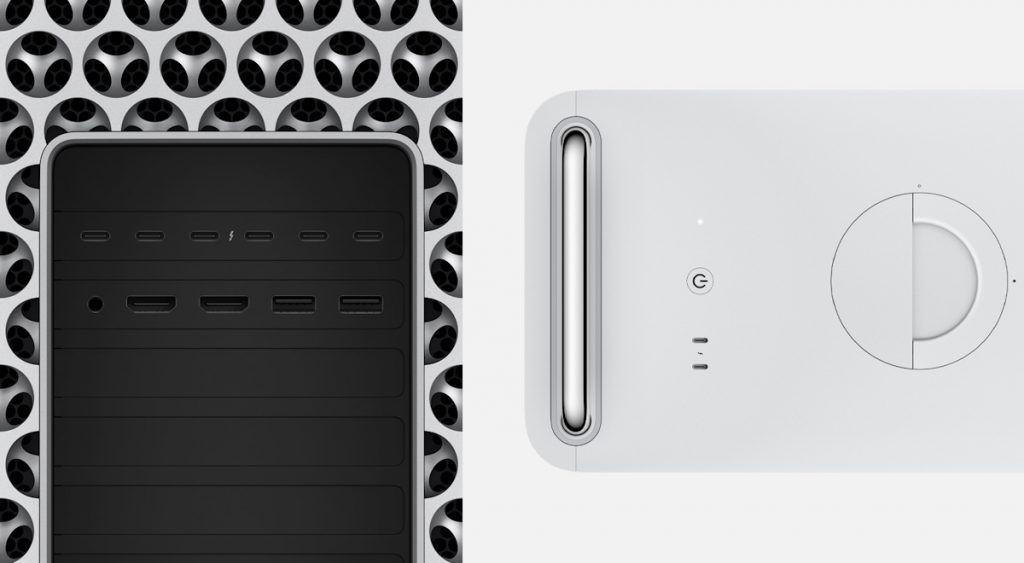
Aside from the performance figures, another area that the new M2 Ultra Mac Pro has an advantage over its Intel-based predecessor is the I/O ports. For starters, not only the model comes with Thunderbolt 4 port but there are eight of them altogether.
Together with three USB-A ports, the 2023 Mac Pro also comes with two high-bandwidth HDMI ports that support resolution of up to 8K as well as up to 240Hz frame rate. Not to forget, the 3.5mm headphone jack on this model supports high-impedance headphones.
The new model has also been equipped with improved wireless capability which includes a much faster 802.11ax Wi-Fi 6E together with Bluetooth 5.3. No changes to the dual 10Gb Ethernet ports which Apple have carried over from the previous model.
4. The 2023 model is lighter than its predecessor
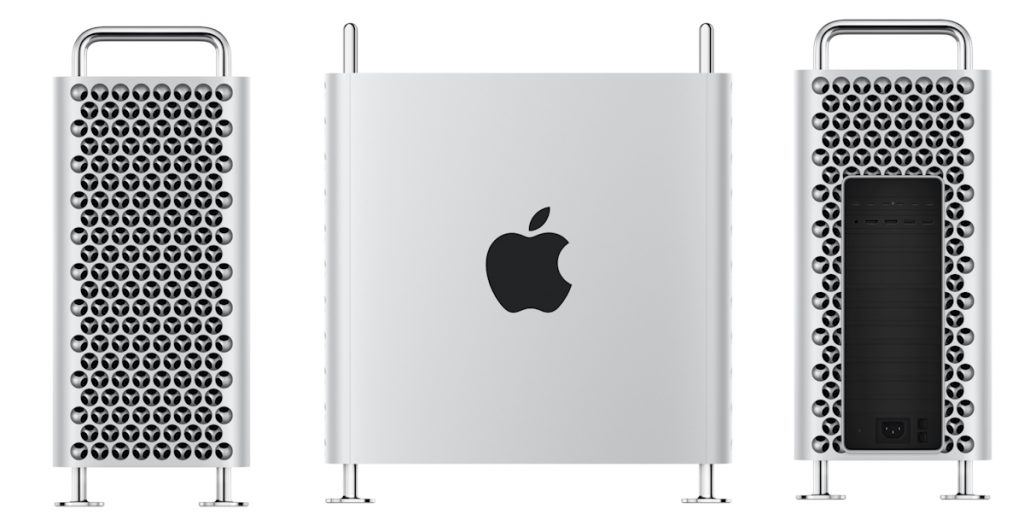
As mentioned earlier, the new Mac Pro M2 Ultra has the same case design as its 2019 predecessor. In fact, the dimension listed on Apple Malaysia’s website showed that they are identical although this year’s model is noticeably lighter.
The website said the tower version of the newly announced model weighs 16.86kg as opposed to the Intel-based version which was 18kg. When it comes to the rack version of the two variants, the difference was almost negligible though at only 390g.
The changes in the weight are likely due to the absence of the MPX Module in the new model. As mentioned earlier, the 2023 Mac Pro relies solely on the GPU within the M2 Ultra and does not support dedicated graphics cards despite having plenty of PCIe expansion slots.
5. A fully decked 2023 Mac Pro costs much lower than the 2019 model

The Intel-based Mac Pro was introduced in Malaysia with a starting price of RM25,999 but almost four years have passed since then. So, it didn’t surprise us to see the starting price for the new Mac Pro with M2 Ultra is much higher at RM32,999.
However, a fully decked 2023 Mac Pro costs much lower than its 2019 predecessor at RM54,348 or RM54,748 if you go for the rack version. As a comparison, a maxed-out 2019 Mac Pro tower cost more than RM200,000 although to be fair, a huge chunk of the price tag was for the 1.5TB DDR4 ECC RAM upgrade which was listed at RM110,000 at that time.
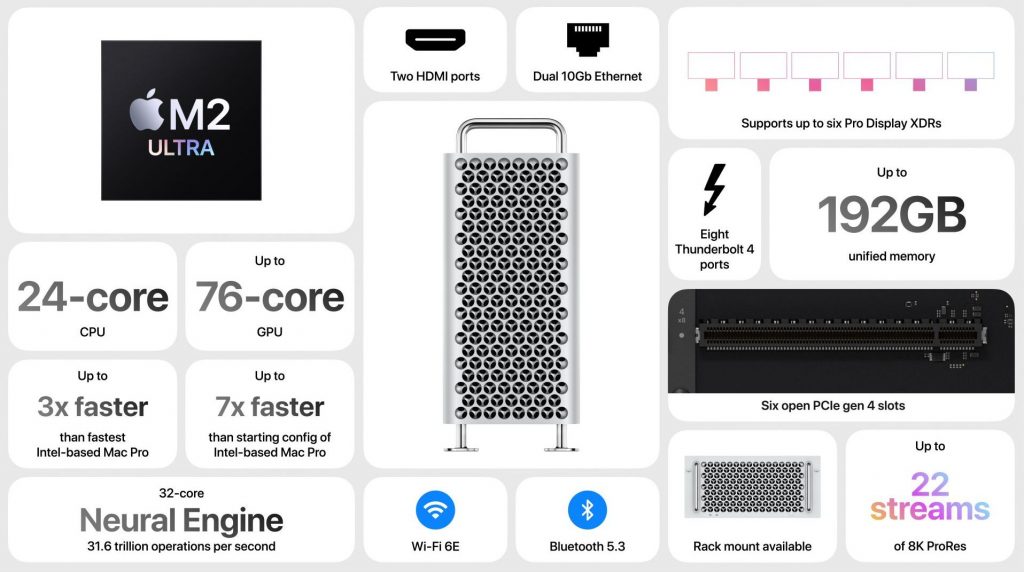
While Apple immediately revealed the Malaysian pricing for its new professional powerhouse right after the unveiling at WWDC 23’s keynote but the release date for our market is still under wraps for the time being. So, keep a look for future updates from us as we will keep you posted once we received more information about the imminent release of Mac Pro M2 Ultra in Malaysia.

